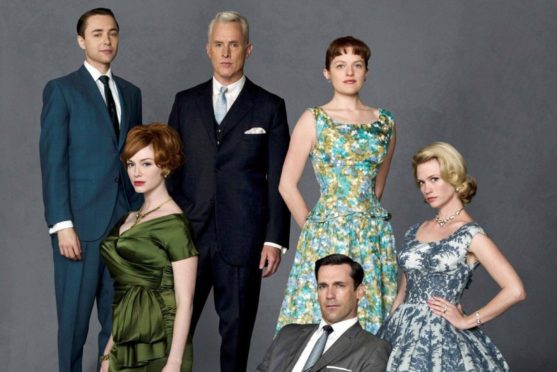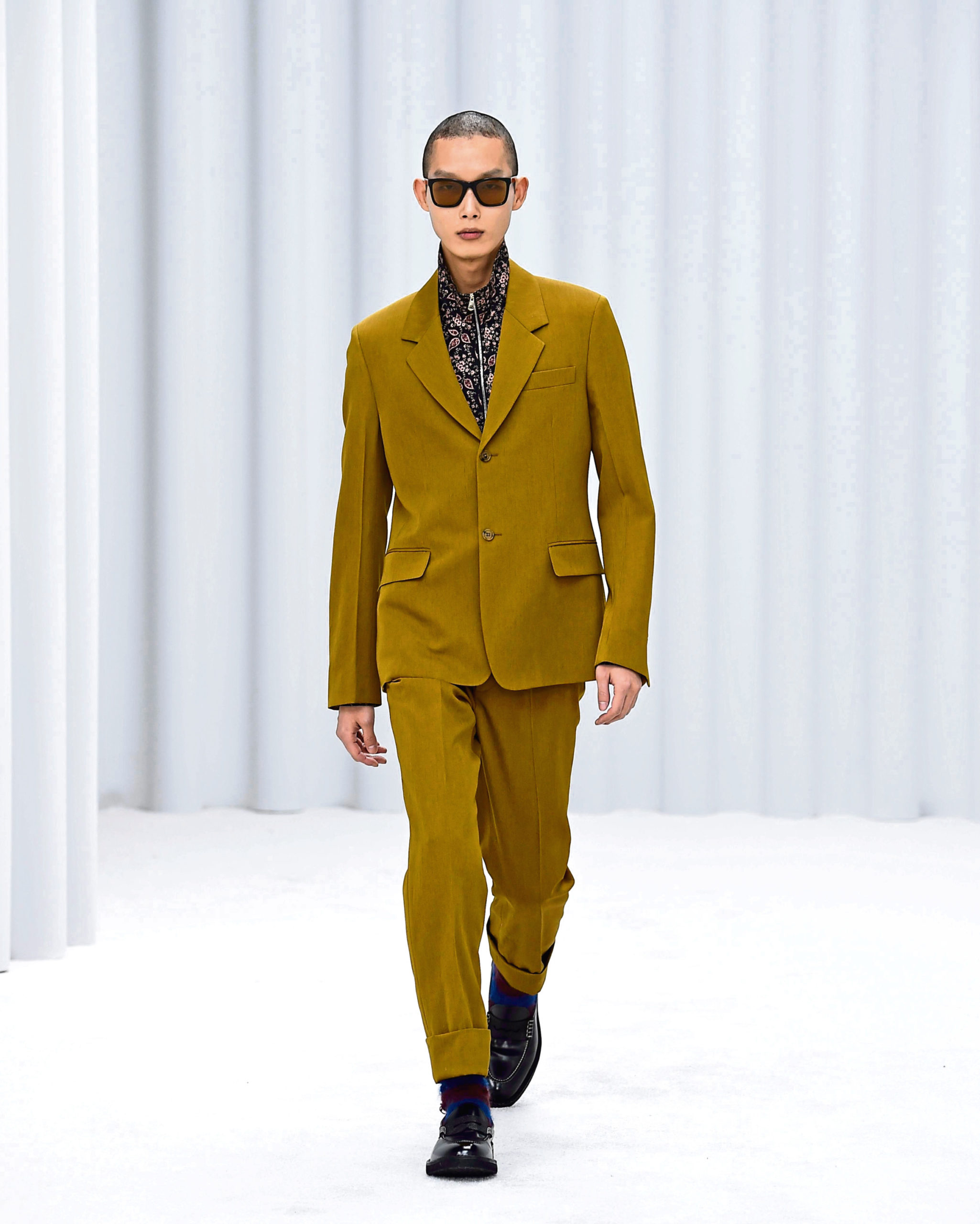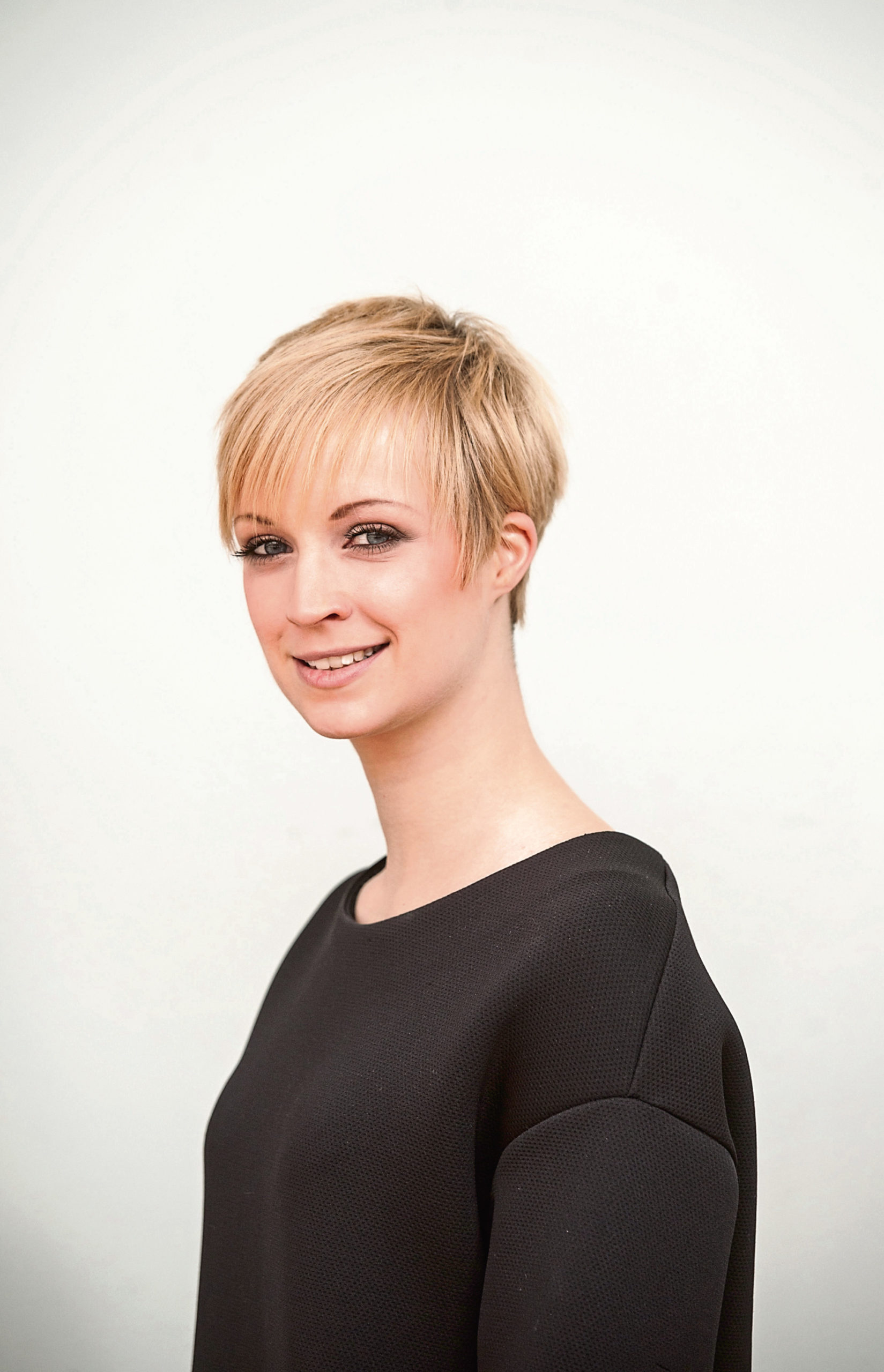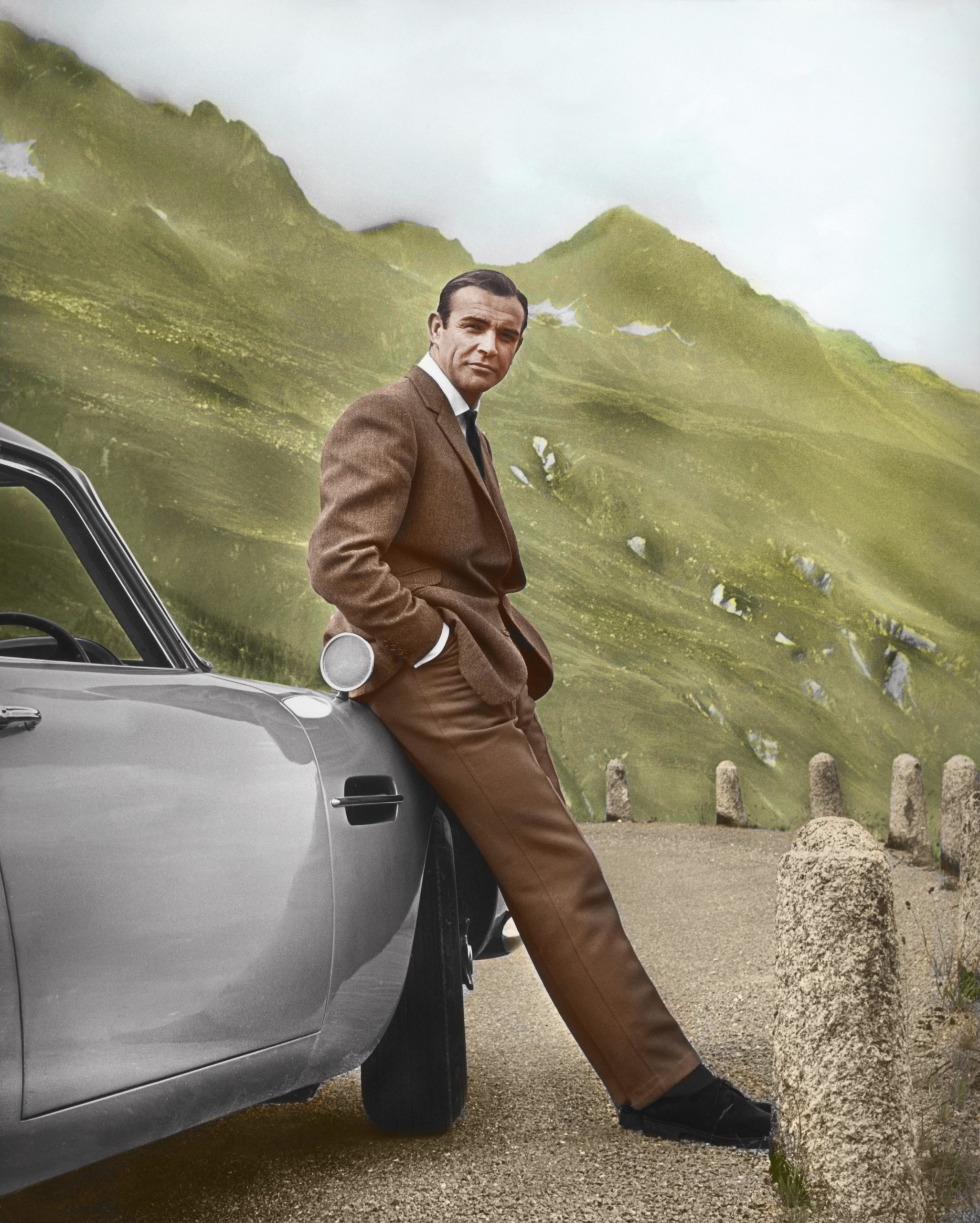
It is the go-to uniform of the office-bound man’s wardrobe, five days a week, every week of the year, and its demise has been predicted just as frequently.
However, as lockdown drags on, even its most dapper fans fear the suit is a goner.
Just 12 months ago, prior to the pandemic, heading to work each morning called for a freshly ironed shirt and close shave. Now, with the commute comprising of just a few steps from the bedroom to a make-shift desk, workwear has morphed from smart and sleek to soft and stretchy.
Georgina Ripley, the fashion curator at National Museums Scotland, says the pandemic has altered the etiquette around what we wear and when, and believes men – more specifically office workers – may experience the biggest change to their wardrobe as a result.
“The current relaxation of clothing rules and etiquette is most interesting in terms of what’s going to happen to the men’s suit,” she said.
“There has been a slow shift away from the suit and tie for men, compared to the convention that constrains women’s clothing – most men, even in a casual workplace, will potentially still wear a tie, even if they wear it with a shirt and jumper. Or if they get rid of the tie, they’ll still keep an element of smartness with, say, a blazer and jeans.
“In the financial industry, for example, where men are much more expected to iron their shirts on a Sunday night, if they continue with remote or blending working, it’s possible that will become less of a requirement. It’s going to be interesting to see what working model comes out of this and how that will impact what we wear. I think potentially men will be more affected than women.”
Even prior to the mass evacuation of offices, suit-wearing was already on the decline. According to market research company Kantar, spending on men’s suits has fallen steadily since 2017. High-end shirtmaker Thomas Pink suddenly shuttered, while vowing to return, and high street tailor Moss Bros is also in financially choppy waters.
Since in-person meetings switched to Zoom calls – which only require a certain level of professionalism from the waist up, therefore “freeing ourselves from the tyranny of the waistband” – department store John Lewis reported a 1,303% increase in the sales of loungewear and leggings compared to 2019.
Elsewhere, online retailer ASOS reported a 329% rise in annual profits largely thanks to the demand for casual clothing during the first lockdown, while sportswear brand Nike saw online sales increase by 36%.
Although our current obsession with loungewear may seem little more than a product of comfort and convenience, a quick look in the history books suggests it’s not the first time widespread social change has impacted the way we dress.
And it’s not just our workwear that’s had a makeover as, for just about every other occasion, too, we’re all dressed down with nowhere to go.
“There’s always been responses to events or cultural and social changes, which fashion either instigates or responds to,” explained Dr Sally Tuckett, a lecturer in dress and textile histories at the University of Glasgow. “But this is actually quite a big moment because the pandemic is affecting more people than trends normally do. You could pick any historical period and you’ll see some sort of reaction in terms of the clothing that’s made or worn. And there are lots of examples of casual wear becoming more formalised, too.
“Jeans would be the best example, as they started off as workwear worn by miners and labourers, before gradually entering less manual labour environments and becoming more accepted everyday, to the point where they’re even worn in offices.
“Fashion reflects bigger social change and the move towards casual wear is something that reflects this year very well – 2020 and 2021 will be known as the year of loungewear. We’re seeing this in fashion collections and high street shops now, as they’re all pushing the loungewear aesthetic, much more than they would have done a year ago.”
But it’s not just the pandemic that has impacted the fashion industry. As well as the sudden worldwide slowdown, growing environmental concerns and a shift towards sustainability, accelerated by our new appreciation for small local businesses, could also have long-term consequences for the fashion industry.
“For the most part, fashion is inextricably linked with society and political change,” said Georgina. “And of course, currently, those things are very prominent and very much at the forefront of our minds.
“There’s a lot of conversation happening right now around the future of fashion because fashion, in itself, has become an untenable model – the pace of change, the amount of investment required to stage huge fashion shows, and the fact that seasons, as they’re shown on the catwalk, aren’t aligned with when we actually wear clothing. There’s been a lot of chatter around that, and it almost felt that change needed to happen and it’s been accelerated by the pandemic.”
So, as life slowly returns to normal, will we see leggings and sportswear continue to be the look du jour? Or will everyday fashion revert to fitted waistlines and structured shirts?
Georgina isn’t sure.
“There is a temptation to say the pandemic is going to change the way that we see fashion – that we’re going to dress more casually going forward,” she explained. “I think there will be an element of that, certainly, at least for a while. However, if you consider the roaring ’20s – the original, the current one is certainly not roaring – they followed a period of austerity.
“So, there is an argument that, if you look back at what happened in fashion previously, when life settles down, we might actually have a return to glamour. It will be really interesting to see which way it will go.”
Dr Tuckett added: “There’s always shifts happening in fashion but what will make this one interesting is to see how long it will last.
“Once we go back to normal, are we going maintain this casual, comfortable look? Or are we going to want to wear smarter things? I’m not sure. But you do hear a lot of people admitting they miss wearing their smart clothes, and I know personally I’ve got a wardrobe full of clothes that I haven’t worn since March.”
If 007 could fight in one, surely guys can suit up for a Zoom call
If lockdown has finally consigned the suit to the wardrobe of history as men move towards a kind of perma-casualwear, it’ll be a tragedy.
If James Bond can keep his suit jacket on for a fight, I see no reason why men should not retain a sense of style through a pandemic.
The hoodie and trackpant combo is fine for exercise or for working on a building site, but let’s not have chaps looking like this all the time. I know it’s comfortable and that women are getting away with “luxe loungewear” that could sometimes be mistaken for an outfit suitable for operating a cement mixer in…but, come on lads, let’s not let standards slip.
May I suggest that re-watching Bond films with an eye on the sartorial details is a fine activity for now? Start with Sean Connery who set the style for future Bonds. Terence Young, the director of Dr No, From Russia With Love and Thunderball is said to have told Connery to sleep in his suits so that he would feel comfortable in them.
That’s a stretch too far for most men but a well-cut suit will flatter your physique like nothing else. The perfect-fit jacket should not be too relaxed, nor should it be so tight you couldn’t conceal a shoulder holster with a gun. Trousers should give you enough room to sit down or perform other Bond-like movements without splitting them. I’m sure getting up from the sofa to go to the fridge would be possible, for example.
Bond never follows trends, preferring classic traditional style. The single-breasted, two-button jacket is generally what he goes for, worn with flat or pleat front trousers, in muted colours. For evening it’s always a tuxedo, in black or midnight and occasionally ivory, with bow tie.
Basically, you can’t go wrong with these looks. So why not give it a try? Next time you pop to the shop for the Sunday papers, don your finest suit.
As the tailors in The Fast Show would say, “Oooh, suit you, sir.”

Enjoy the convenience of having The Sunday Post delivered as a digital ePaper straight to your smartphone, tablet or computer.
Subscribe for only £5.49 a month and enjoy all the benefits of the printed paper as a digital replica.
Subscribe © Paul Smith/Shutterstock
© Paul Smith/Shutterstock © PHIL WILKINSON
© PHIL WILKINSON © Faherty/Danjaq/Eon/Ua/Kobal/Shutterstock
© Faherty/Danjaq/Eon/Ua/Kobal/Shutterstock